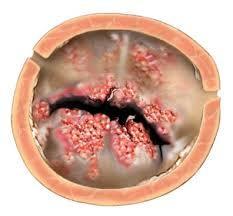Pathophysiology and Pharmacology 1 2015 Flashcards on Question Bank 2: Cardiovascular system, created by b.graham on 07/06/2015.
Pinned to
59
0
0
No tags specified
|
|
Created by b.graham
over 9 years ago
|
|
Close





